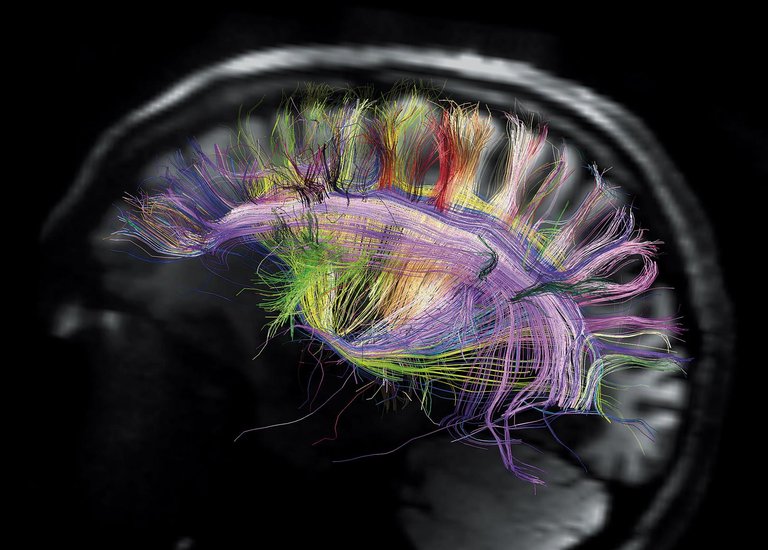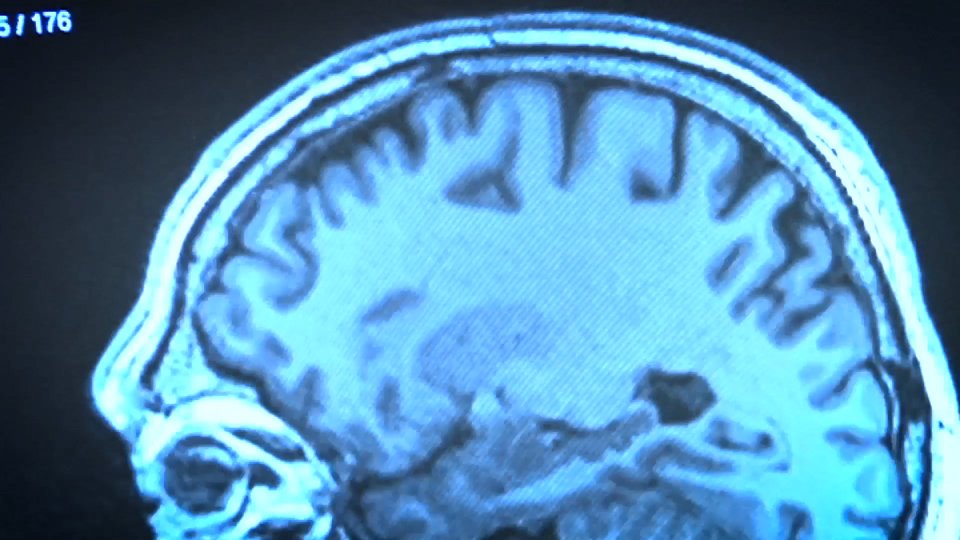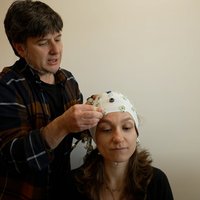Five distinct stages in brain development
A study has identified four key turning points in the development of neural connections throughout life. The work, led by researchers at the University of Cambridge, indicates that it can help to understand cognition and behavior disorders.

They have published details in Nature Communications that explore the connections between neurons in more than 3,800 people between the ages of zero and 90 through magnetic resonance imaging. This concludes that brain development is not linear, but that decisive changes occur around the years 9, 32, 66 and 83 in the organization of neural networks. The fluctuations in these changes can make a difference between normality and disease.
In the first stage of life, between the ages of 9, there is an increase in neurons, as well as in the coenxia between them. The most active connections are consolidated and around the age of 9, coinciding with puberty, there are significant changes in cognitive ability, behavior and emotional development.
“They have seen decisive changes in the organization of neural networks around the years 9, 32, 66 and 83.”
The second stage lasts up to 32 years. Throughout this time, the connections are rearranged, refined and increasingly efficient. In this way, the cognitive performance reaches its maximum. The influence of cultural, historical and social factors is also evident.
The next period goes from about 32 years to 66 years. It is the longest era and is characterized by the stability of the neural network. At the same time, cognitive abilities and character remain stable.
at the age of 66, there is a big change. From there, the connections begin to weaken, and cognitive decline can be explained, as well as premature aging.
this period lasts until the age of 83, and from the age of 83 the last period begins. In this, areas of the brain have trouble communicating with each other.
However, researchers admit that they have little data on the last era. They have also made it clear that the separation between the ages is not rigorous and, above all, they have studied the changes of the connections and not how in each era the capacities change, such as learning, memory, the ability to find solutions
Buletina
Bidali zure helbide elektronikoa eta jaso asteroko buletina zure sarrera-ontzian











